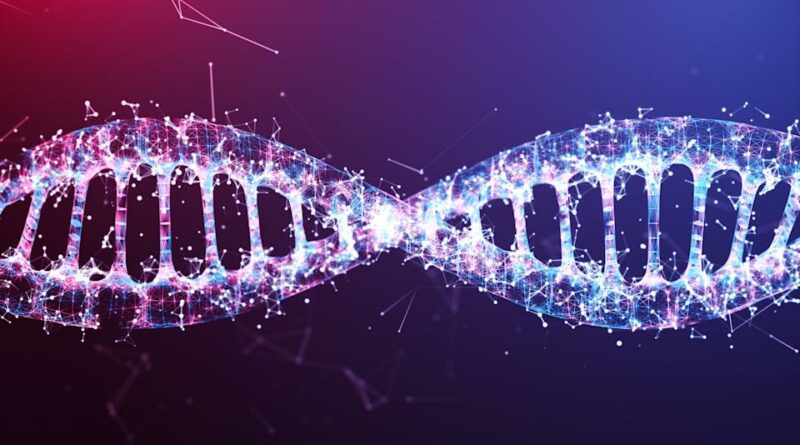CRISPR Edits Out Autism
[Please note that this page contains affiliate links. If you choose to purchase after clicking a link, I may receive a commission at no extra cost to you.]
New gene therapy can drastically reduce autistic symptoms—or at least in mice.
Researchers turned off a gene that causes autism through a gene-editing technique known as CRISPR, decreasing obsessive behaviours in mice by a whopping 30-70%.
If it were to work for humans, the CRISPR technique might be a breakthrough treatment for other neurological disorders, including schizophrenia, Huntington’s disease, and epilepsy.
Fragile X
Autism spectrum disorder (ASD) commonly has multiple complex causes. However, one type of ASD has one genetic reason, called Fragile X syndrome, caused by a mutation on the X chromosome.
This gene is responsible for creating the synapses between brain cells, and when it is destroyed, it may cause intellectual disability, ADD, hyperactivity, and autism.
Fragile X is very rare, affecting1 in 4,000 boys and 1 in 6,000 girls, and it so far has no cure.
CRISPR: Gold Status
CRISPR is the most favourable gene-editing technique ever created, thanks to its ability to make precise edits to DNA.
Sometimes, it may even cure embryos with genetic disorders, like Fragile X, in vitro.
Nevertheless, its helpfulness as a treatment in fully grown patients has been limited, in part of how CRISPR is usually transported using an exceptionally engineered virus.
Viruses are unproductive; however, even when they happen to put CRISPR into a cell, they cannot control the amount of the gene-cutting protein that gets put in with it.
That can lead to inconsistent results and random cutting of DNA long after the anticipated edit was done.
Researchers invented a new delivery device, called CRISPR-Gold, created around gold nanoparticles.
A small particle of gold is concealed in CRISPR DNA and protein, then put in a polymer case to hold everything together until it reaches the correct cells.
This lets researchers precisely regulate the amount of CRISPR protein that gets put into a cell, and, not like a virus, it will not activate antibodies that allow the immune system to resist the therapy.
The CRISPR Experiment
Fragile X causes hyperactivity in the part of the brain known for habit formation, producing the compulsive, repetitive behaviours usually seen in autism.
In mice with autism, the behaviours involve repeatedly jumping up into the air and compulsively digging and burying objects.
To “turn off” this part of the brain, scientists injected the brain region with a CRISPR-Gold package designed to cool off a specific neurotransmitter gene that is interrupted by Fragile X.
CRISPR-Gold had successfully edited 50% of the cells targeted, slashing the number of neurotransmitters by half.
This resulted in behavioural changes in the mice: frantic jumping was cut down by 70%, while obsessive digging was done by 30%.
The Plus Side
The CRISPR-Gold technique can edit DNA in a massive number of brain cells. Furthermore, it proved that this neurotransmitter gene is undoubtedly involved in repetitive autistic behaviours.
More meaningfully, this would be the first time editing a gene for autism has improved the condition.
It also proves that CRISPR can treat inherited neurological disorders, even after full brain development.
This technique may lead to therapies for other diseases caused by a single mutation, like Huntington’s, and others caused by a complex system of genes, like epilepsy, bipolar, schizophrenia, and other causes of autism.


